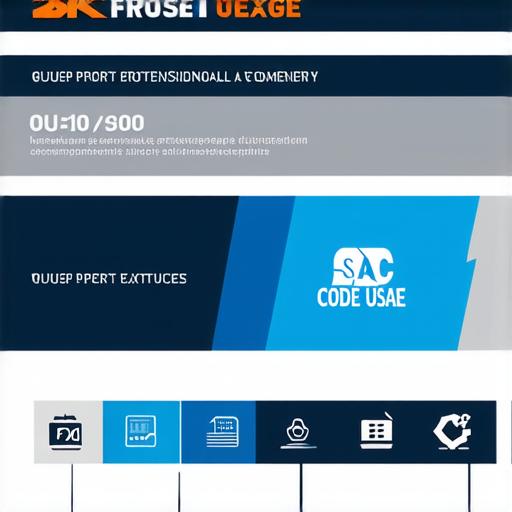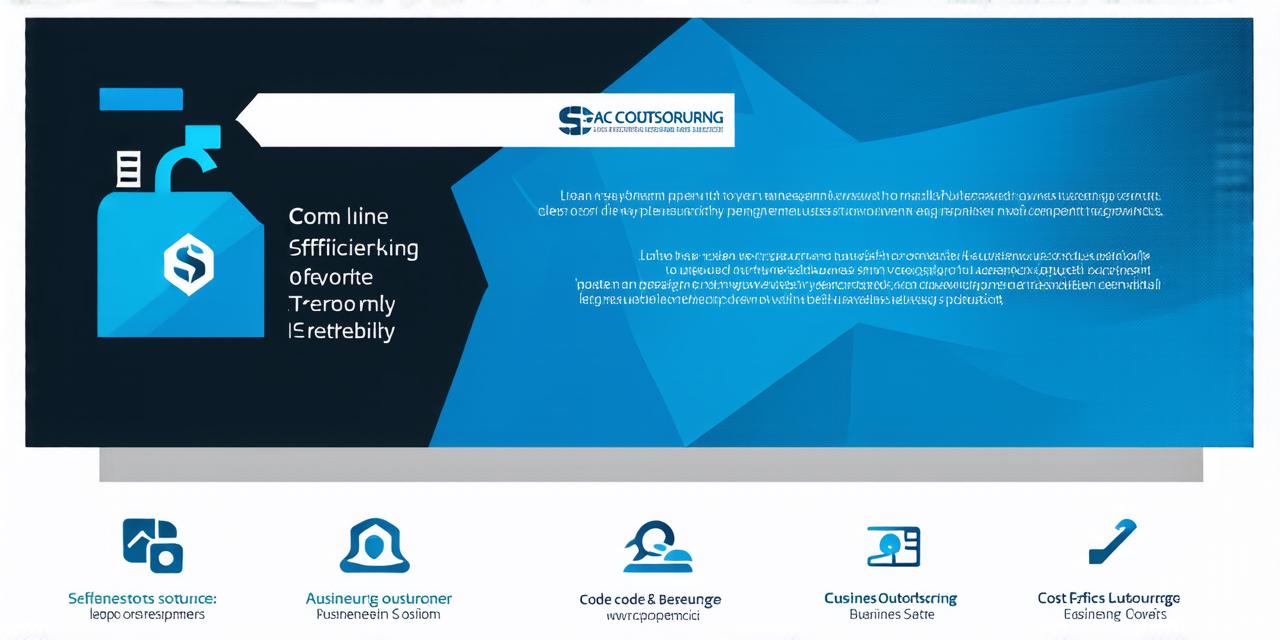Here’s the corrected HTML code for the article:
In today’s fast-paced business environment, organizations are constantly seeking ways to improve efficiency, reduce costs, and increase productivity. One of the most popular solutions for achieving these goals is outsourcing, which involves delegating specific tasks or processes to third-party service providers.
What is SAC Code?
SAC code stands for Service Account Credentials, which are used by service providers to access and manage resources in a cloud-based environment. SAC code provides secure authentication and authorization mechanisms that enable service providers to perform specific tasks on behalf of their clients, such as deploying applications, managing databases, and monitoring performance metrics.
Factors to Consider When Selecting SAC Code
There are several key factors that organizations should consider when selecting SAC code:
- Security: SAC codes must be secure and provide robust authentication and authorization mechanisms to prevent unauthorized access to sensitive resources. Organizations should select SAC codes that comply with industry standards and best practices, such as multi-factor authentication and role-based access control.
- Scalability: SAC codes should be scalable and able to support the growth of an organization’s cloud infrastructure. This means that organizations should select SAC codes that can handle increasing levels of traffic, storage, and processing power without compromising performance or security.
- Compliance: Organizations must ensure that their chosen SAC code complies with relevant regulations and industry standards, such as HIPAA and PCI-DSS for healthcare and financial services providers. Failure to comply can result in significant legal and financial penalties.
- Integration: SAC codes should be compatible with the cloud infrastructure and tools used by an organization. This includes integration with popular cloud platforms such as Amazon Web Services (AWS), Microsoft Azure, and Google Cloud Platform.
- Support: Organizations should select SAC codes that are backed by a reliable and experienced service provider. This includes access to technical support, training, and documentation resources to help organizations get the most out of their chosen code.
Real-Life Examples of Successful Outsourcing with SAC Code
Many organizations have successfully implemented cloud-based outsourcing services using SAC code. Here are a few examples:
-
A healthcare provider selected an SAC code that complied with HIPAA regulations and provided secure authentication and authorization mechanisms to access sensitive patient data. The SAC code was integrated with the provider’s cloud infrastructure and supported scalability to accommodate growth in the number of patients and services offered.
-
A financial services provider selected an SAC code that complied with PCI-DSS regulations and provided multi-factor authentication to prevent unauthorized access to sensitive financial data. The SAC code was integrated with the provider’s cloud infrastructure, including their existing tools for managing compliance and risk management.
-
A retailer selected an SAC code that supported scalability to accommodate growth in their e-commerce platform and provided integration with their existing cloud infrastructure, including AWS services such as EC2 and S3. The SAC code provided secure authentication and authorization mechanisms and enabled the retailer to deploy new applications and services quickly and easily.

